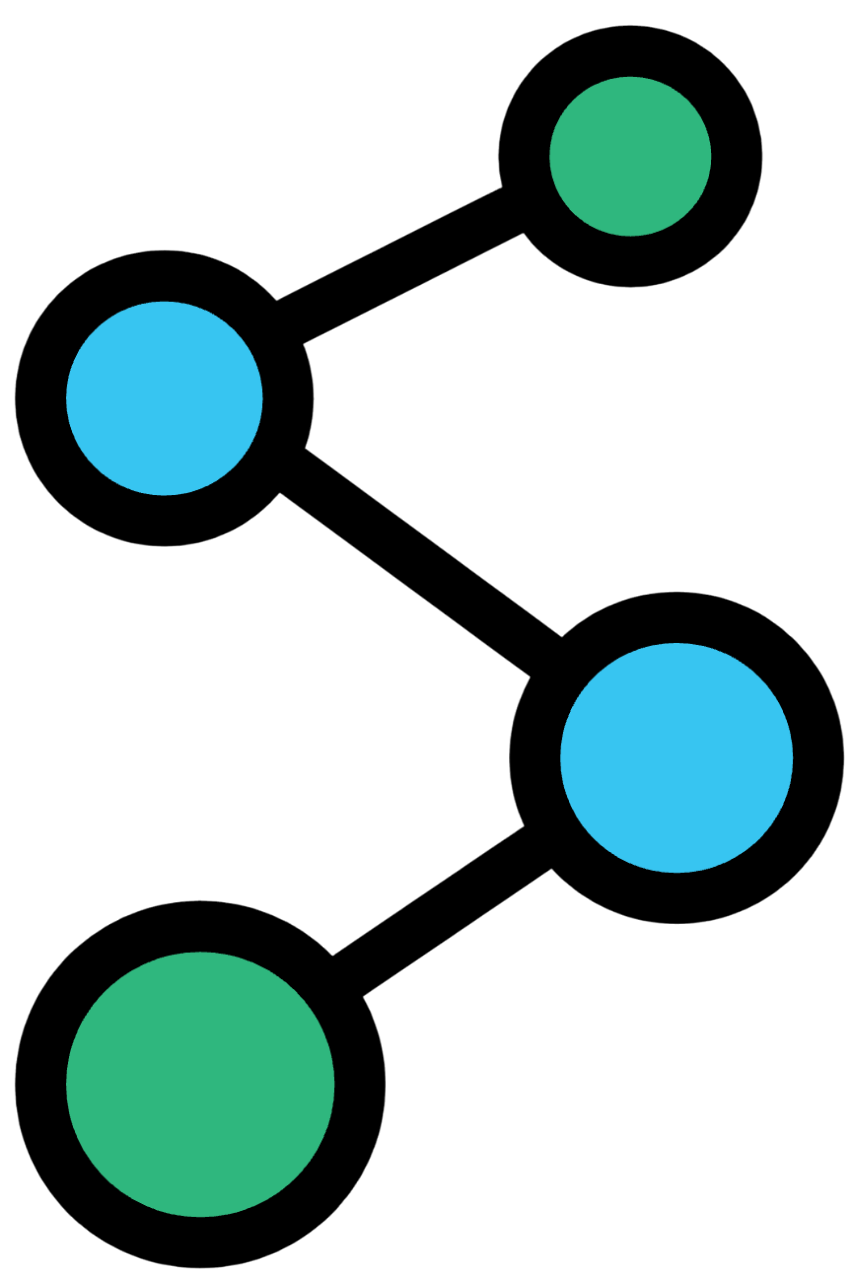Paper
UniAVGen: Unified Audio and Video Generation with Asymmetric Cross-Modal Interactions
Authors
Guozhen Zhang, Zixiang Zhou, Teng Hu, Ziqiao Peng, Youliang Zhang, Yi Chen, Yuan Zhou, Qinglin Lu, Limin Wang
Abstract
Due to the lack of effective cross-modal modeling, existing open-source
audio-video generation methods often exhibit compromised lip synchronization
and insufficient semantic consistency. To mitigate these drawbacks, we propose
UniAVGen, a unified framework for joint audio and video generation. UniAVGen is
anchored in a dual-branch joint synthesis architecture, incorporating two
parallel Diffusion Transformers (DiTs) to build a cohesive cross-modal latent
space. At its heart lies an Asymmetric Cross-Modal Interaction mechanism, which
enables bidirectional, temporally aligned cross-attention, thus ensuring
precise spatiotemporal synchronization and semantic consistency. Furthermore,
this cross-modal interaction is augmented by a Face-Aware Modulation module,
which dynamically prioritizes salient regions in the interaction process. To
enhance generative fidelity during inference, we additionally introduce
Modality-Aware Classifier-Free Guidance, a novel strategy that explicitly
amplifies cross-modal correlation signals. Notably, UniAVGen's robust joint
synthesis design enables seamless unification of pivotal audio-video tasks
within a single model, such as joint audio-video generation and continuation,
video-to-audio dubbing, and audio-driven video synthesis. Comprehensive
experiments validate that, with far fewer training samples (1.3M vs. 30.1M),
UniAVGen delivers overall advantages in audio-video synchronization, timbre
consistency, and emotion consistency.
Parse Issues:
